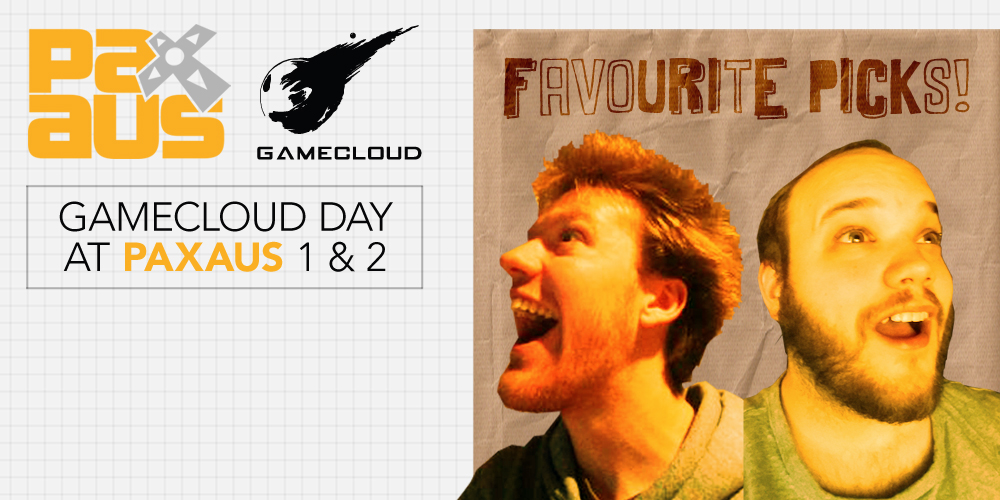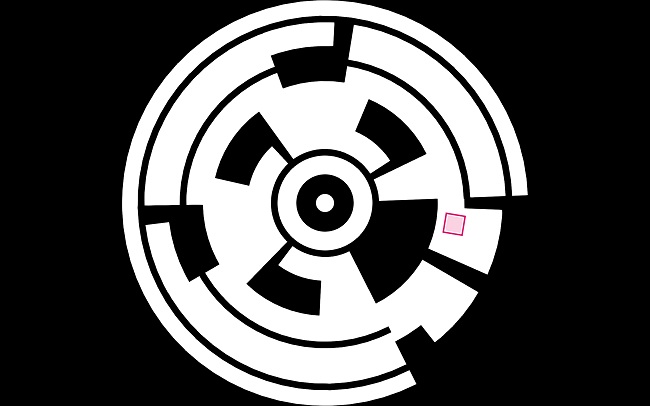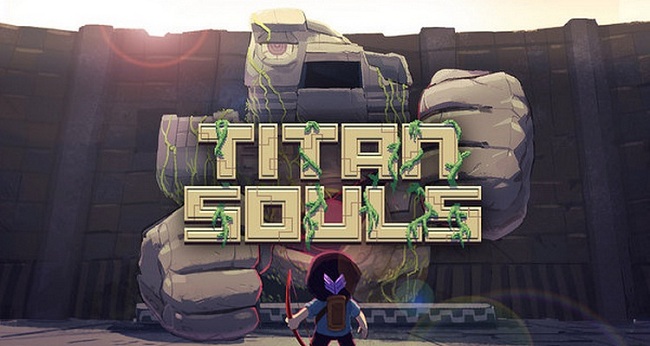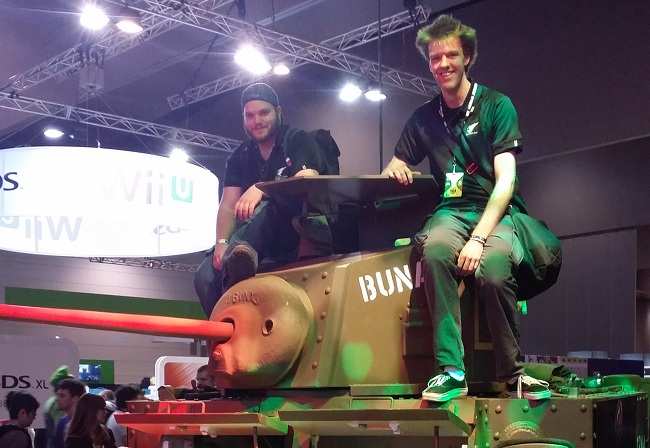
Patrick Waring and Nick Ballantyne have flown over to Melbourne for the Australian gaming event of the year: PAXAus 2014! There’s a lot of coverage and interviews which will be going up in the days following the con; however, our editors wanted to give you a small taste of what it’s like to immerse yourself in the daily culture and chaos of the event. They’ll be giving us their favorite picks – be them games, panels, or just memorable moments – after each day of PAXAus to post up for all of you to enjoy.

I saw Expand from across the room yesterday and thought to myself, “I need to play this game.” From a distance, it’s a striking looking game; a small angelic white area shrouded in utter blackness, housing an curiously innocent pink square. As I sat down and put on the headphones blasting calm, emotive piano, I was mightily impressed.
The game centers around navigating your pink cube around a constantly changing circular maze. As the architecture changes, so too does the logic of the system, and this is what drives the game. The levels don’t get repetitive since the mechanics being used (moving walls, careful timing, subtle visual tricks) are well thought out and elegantly simple. It’s a game of deeply contemplative level design and, for that, it’s worth a huge mention.
For more information about Expand, and developers Chris Johnson and Chris Larkin, you can check out their website here.

Imagine if Dark Souls received a graphical downgrade, had all of it’s enemies removed and had the difficulty of it’s bosses jacked up to 11. Then times that difficulty level by over 9000. You have the formula for Titan Souls, a beautifully simplistic and unbelievably challenging game from developers Acid Nerve. The demo placed players in an ancient, crumbling temple in which stands three giant, imposing doors. Located within are massive and deadly monsters, each containing a piece of a larger monster. You don’t know terror until you’re attacked by a brain, clearly still functioning while suspended inside of a gelatinous cube.
The hero of the game has but a single arrow, which must be retrieved after every time it’s fired. You’re also killed in a single hit and defeating each boss is as much a puzzle as it is a test of your reflexes. To say the game is “hard” is the same as saying that axe murderer is scary – it only wastes precious seconds and by the time you’re done speaking, you’re also dead. The game also has a fantastic pixel visual style that minimises the detail of your squishy hero, instead focusing on the environments and bosses that you fight. The end result is similar to that of Shadow of the Colossus where you feel more attachment to the world rather than the character you play.
Titan Souls is set for release in Q1 of next year on Playstation 4 and Steam. For more information about the game you can check out the Devolver Digital page, and to learn more about developers Acid Nerve you can check out their site here.

Screening. God damn screening. The idea of making a game about screening seems about as fun as smashing my head into the screen. I have as much sympathy for screeners (you know exactly who you are), and as a practice I hold it in the same regard as scalping. So, you can imagine my surprise and self-disgust when I found myself grinning uncontrollably as I played a game where you screen to play.
The game keeps everyone invisible but ensures you can see everyone’s POV. The game is therefore less focused on reaction and accuracy as it is obsessed with spatial awareness. If you can recognise the area, you know where they are, and the game of cat and mouse begins. However, you need to see where you’re going, which requires looking away to your own screen and, suddenly, your mouse is somewhere completely different. It’s magnificently fun and hilariously addictive, and I hate myself for liking screening so much.
For more information about Screencheat, you can check out their website or see them on Facebook. Screencheat is also available through Steam, GOG and The Humble Store.

Yeah, I know – I love me some pixel-style visuals.
We only got to play a small demo of this game, literally a single room in which you fight off constant waves of monsters. The animation is smooth, the pixel-style put to a bit more work than usual, and lighting is used to great effect in communicating to the player their characters’ failing life force. You have a classic combination of sword play and spells, though players can also quickly dash, or “drift,” across short distances to allow for better maneuverability. The monsters seem quite varied, as well, meaning that rushing in and spamming attacks is likely to get you killed. As you progress, their spawn rate only gets faster until you’re practically drowning in death. Eventually it almost becomes akin to a bullet hell game, dodging particles and monsters which are flung across the room towards you.
It was fun, but also short lived; as far as demo’s go, I’ve seen others which were more impressive. However, there was one thing which got Nick and I hooked for quite some time after the initial novelty of the game wore off. Nick and I like to compete, it’s just what we do and sometimes it can get… vicious. In Hyper Light Drifter, there’s a kill counter at the top of the screen and a corresponding high score board. Nick stumbled upon the game initially and boasted a score of 47, a score which I quickly toppled with 56. Thirty minutes later we held the top ten rankings of the game between us, battling back and forth for dominance over the other, and we realised we were pretty much addicted.
What Nick doesn’t know, until he reads this of course, is that ten minutes after we left I went back to smash his score. Suck it, Nick – “PJW” will forever remain above your measly effort. For more information about Hyper Light Drifter, you can check out their tumblr, Kickstarter (which still receives updates with the games progress), or their Facebook page.
WE SAT ATOP A MOTHERF******* TANK!

…. We thought it was neat, at least.












